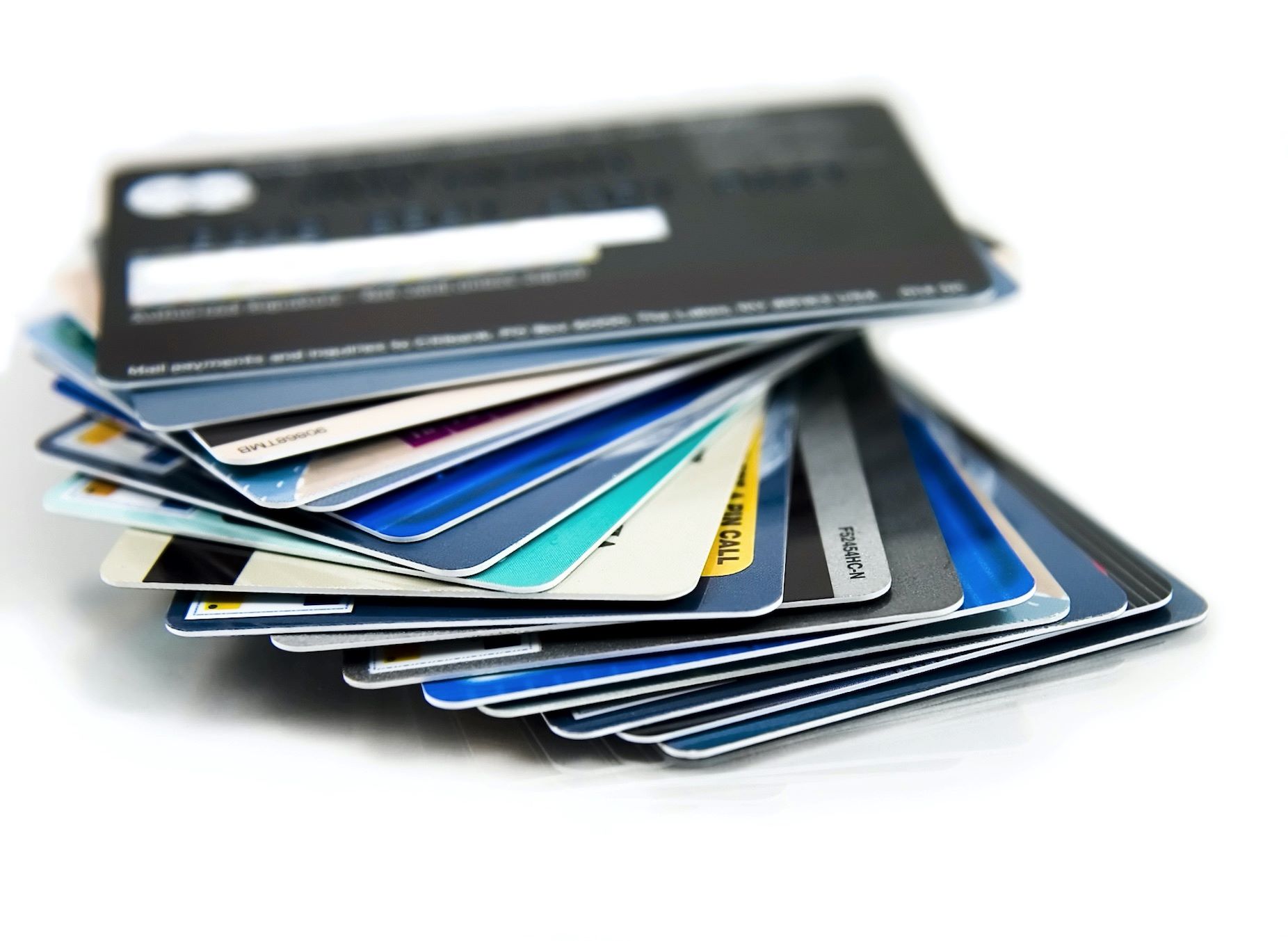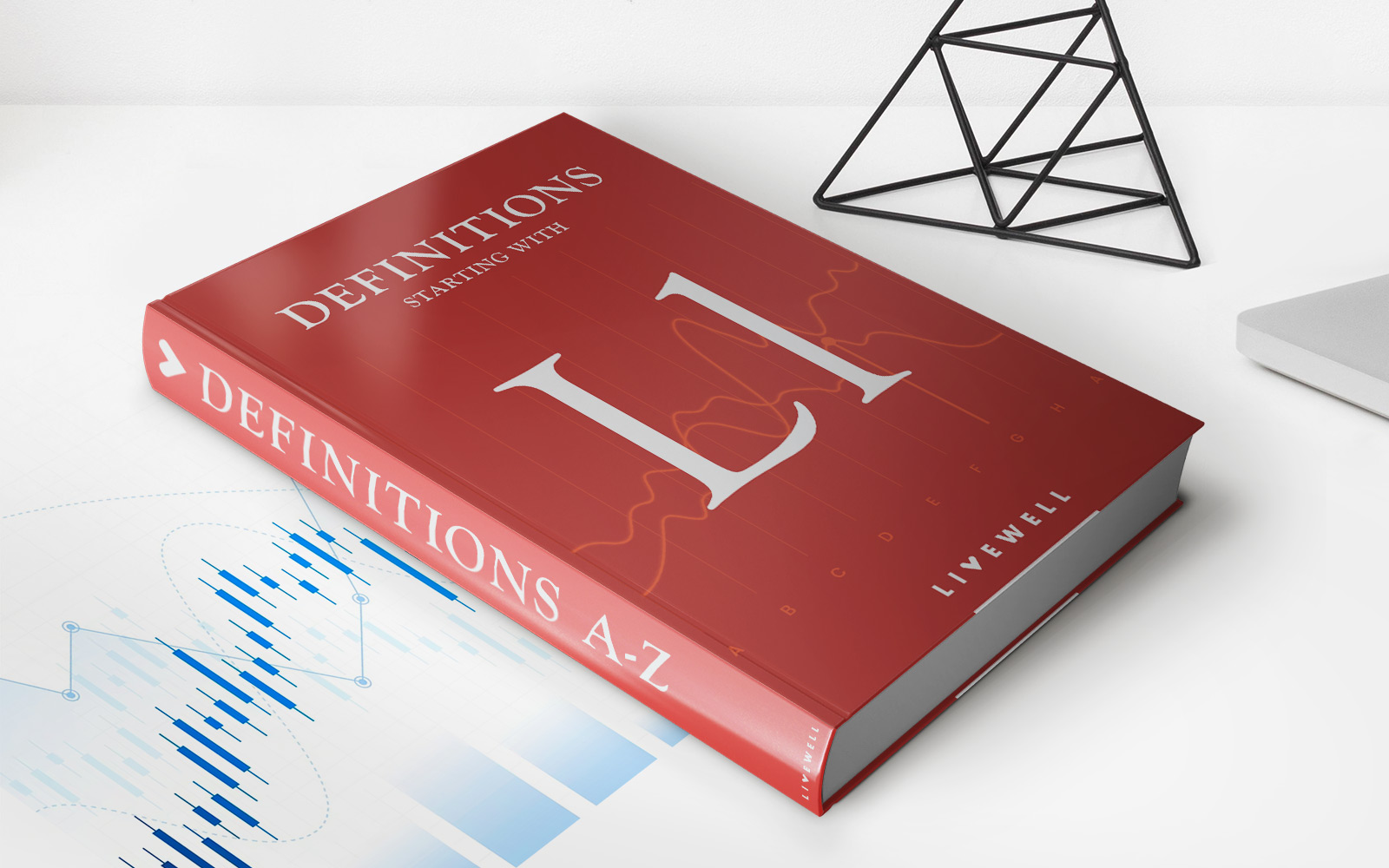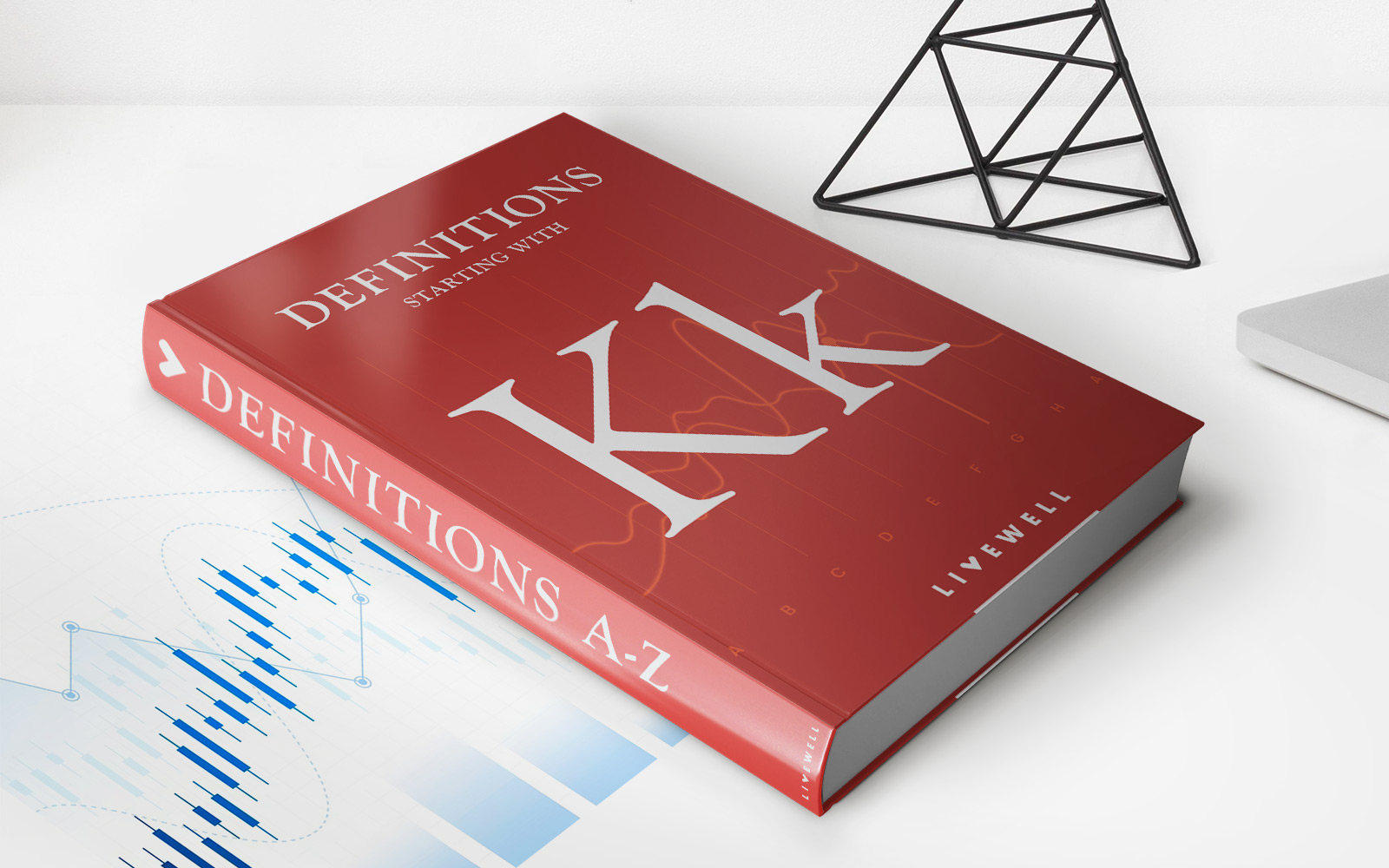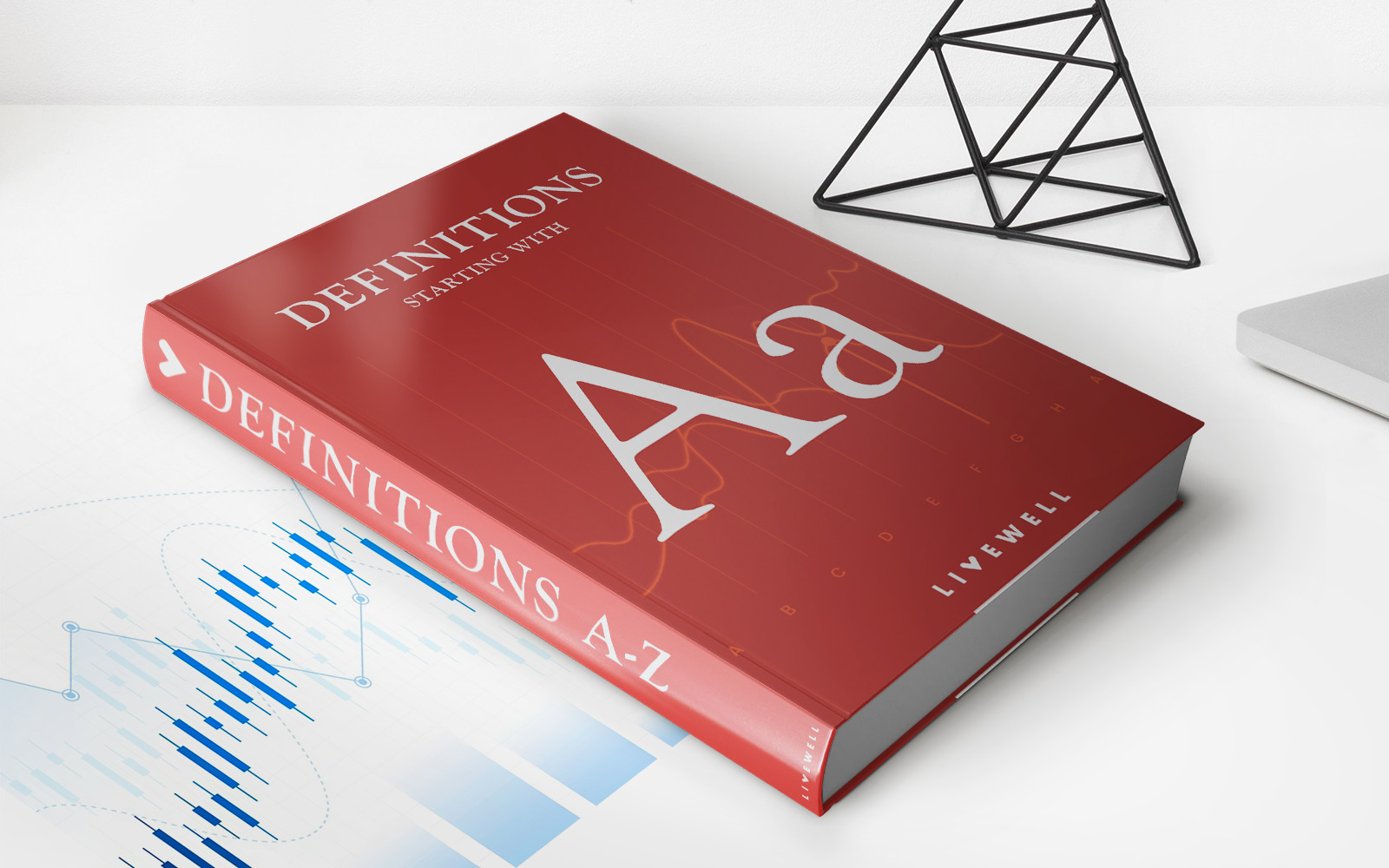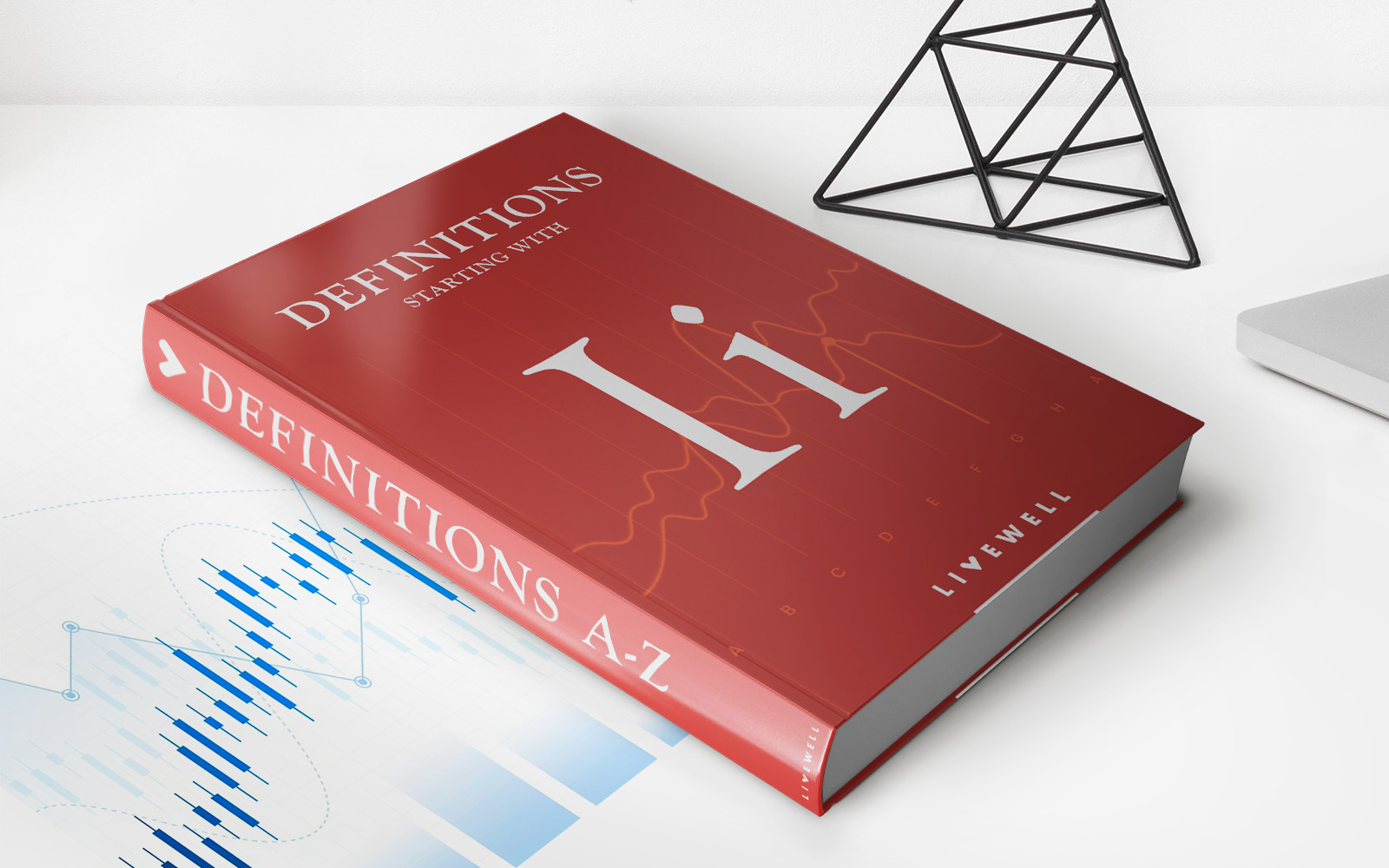

Finance
What Type Of Loan Is A Credit Card?
Modified: February 21, 2024
Learn about credit cards as a type of loan in the realm of finance. Discover how these versatile tools can help manage your expenses and build your credit.
(Many of the links in this article redirect to a specific reviewed product. Your purchase of these products through affiliate links helps to generate commission for LiveWell, at no extra cost. Learn more)
Table of Contents
Introduction
Welcome to the world of personal finance! If you’re new to the realm of borrowing and lending, you may have heard the term “credit card” mentioned quite frequently. A credit card is a widely used financial tool that allows individuals to make purchases on credit and pay the issuer back at a later date. In essence, it acts as a convenient form of short-term loan.
In this article, we will delve into the intricacies of credit cards as a form of loan, exploring the various types of credit cards available, the advantages and risks associated with them, and tips for managing credit card loans responsibly.
Understanding the different types of loans is crucial for making informed financial decisions. While traditional loans, such as mortgages or personal loans, often come to mind when thinking of borrowing money, credit cards offer a unique borrowing experience. They provide individuals with the flexibility to borrow a predetermined amount on a revolving basis, making them a popular choice for everyday spending needs and emergencies.
Join us as we explore this popular financial tool and gain a deeper understanding of what type of loan a credit card truly is.
What Is a Credit Card?
A credit card is a plastic card issued by a financial institution, usually a bank or credit union, that allows the cardholder to borrow funds up to a predetermined credit limit. Think of it as a loan from the card issuer that can be used for various purchases, both in-person and online.
When you use a credit card to make a purchase, you are essentially borrowing money from the card issuer to complete the transaction. Instead of making an immediate payment, you receive a monthly statement detailing the charges you have made. You can choose to pay the full balance by the due date to avoid interest charges, or you can opt to carry a balance and pay interest on the outstanding amount.
Each credit card comes with a unique set of terms and conditions, including the interest rate (also known as the annual percentage rate or APR), annual fees, rewards programs, and credit limits. The credit limit is the maximum amount you can borrow on the card.
Credit cards are not only a convenient payment method, but they also offer additional benefits such as purchase protection, extended warranties, and the ability to build a positive credit history. When used responsibly, a credit card can be a valuable financial tool.
It’s important to note that a credit card is not the same as a debit card. While a credit card allows you to borrow money, a debit card is linked directly to your bank account and uses the funds available in your checking or savings account to complete transactions. With a debit card, you’re spending your own money instantly, while with a credit card, you’re borrowing money to be paid back later.
Now that we have a basic understanding of what a credit card is, let’s dive deeper into how they work and the different types available.
How Does a Credit Card Work?
Understanding how a credit card works is essential to making informed financial decisions and managing your finances effectively. Let’s explore the mechanics of a credit card and how it functions.
When you are approved for a credit card, the card issuer sets a credit limit for your account. This limit represents the maximum amount of money you can borrow on the card. You are free to use the card to make purchases up to this limit.
Each time you use your credit card, the purchase amount is added to your outstanding balance. At the end of each billing cycle, typically on a monthly basis, the card issuer will generate a statement that outlines the purchases and any other charges made during that period.
You have a grace period, typically around 21-25 days, to pay off the balance in full without incurring any interest charges. If you pay the full balance by the due date, you effectively use the credit card as an interest-free loan.
However, if you carry a balance beyond the grace period, the card issuer will apply an annual percentage rate (APR) to the outstanding amount. This interest is the cost of borrowing and can vary depending on the credit card and your creditworthiness. It’s important to read the terms and conditions of your credit card agreement to understand the APR applicable to your card.
In addition to interest charges, credit cards may also come with annual fees, late payment fees, and other charges. Familiarize yourself with these fees to avoid unexpected expenses.
Revolving credit is one of the key features of a credit card. Unlike traditional loans, which have a set repayment schedule, a credit card allows you to carry a balance from one month to the next. This means that you can choose to pay the minimum amount due or any amount between the minimum and the full balance.
It’s important to note that carrying a balance on a credit card for an extended period can lead to increasing debt and interest charges. To avoid falling into a cycle of debt, it’s wise to pay off your credit card balance in full each month or keep your credit utilization ratio (the percentage of your available credit you’re using) low.
Now that we understand how a credit card works, let’s explore the different types of credit cards available.
Types of Credit Cards
When it comes to credit cards, there is a wide range of options available to suit different financial needs and lifestyles. Let’s take a closer look at the different types of credit cards you may encounter:
- Standard Credit Cards: These are the most common type of credit cards and are issued to individuals with good credit histories. They come with a predetermined credit limit and offer a variety of benefits such as rewards programs, travel perks, and cashback incentives.
- Balance Transfer Credit Cards: Balance transfer credit cards allow you to transfer existing credit card debt from one card to another at a lower or 0% interest rate for a certain period. This can help you consolidate your debt and save money on interest charges.
- Rewards Credit Cards: These cards offer rewards for spending in various categories, such as cashback, travel points, or discounts on specific purchases. Rewards credit cards can be a great way to earn perks and benefits for your everyday spending.
- Secured Credit Cards: Secured credit cards are designed for individuals with limited credit history or poor credit scores. They require a security deposit as collateral, which acts as the credit limit for the card. With responsible use and timely payments, secured credit cards can help individuals build or rebuild their credit.
- Student Credit Cards: Student credit cards are tailored for college students or young adults who are starting to establish a credit history. They often come with lower credit limits and special benefits geared towards students, such as cashback on textbooks or rewards for good grades.
- Travel Credit Cards: These credit cards are ideal for frequent travelers as they offer travel-related perks, such as airline miles, hotel discounts, priority boarding, and access to airport lounges. Travel credit cards can help you earn rewards for your travel expenses and make your journeys more enjoyable.
- Retail Store Credit Cards: Retail store credit cards are issued by specific retailers and can only be used at their respective stores or online platforms. They often come with discounts, special offers, and rewards for loyal customers.
It’s important to choose a credit card that aligns with your financial goals and spending habits. Consider factors such as interest rates, fees, rewards programs, and benefits when selecting the right credit card for you.
Now that we have explored the types of credit cards available, let’s compare credit card loans with traditional loans and examine the advantages and disadvantages of credit card loans as a borrowing option.
Credit Card Loans vs. Traditional Loans
When it comes to borrowing money, credit card loans and traditional loans serve different purposes and come with distinct features. Let’s compare the two types of loans to understand their differences:
Credit Card Loans:
- Flexibility: One of the key advantages of credit card loans is their flexibility. You can use a credit card for various purchases, both large and small, and have the flexibility to repay the borrowed amount over time.
- Revolving Credit: Credit cards offer a revolving line of credit, allowing you to carry a balance from month to month. This means you can continuously borrow up to your credit limit as long as you make the minimum monthly payments.
- Higher Interest Rates: Credit cards typically have higher interest rates compared to traditional loans. If you carry a balance on your credit card, the interest charges can accumulate quickly. It’s important to pay off your credit card balance in full or as much as possible each month to minimize interest expenses.
- Quick Access to Funds: With a credit card, you have immediate access to funds, making it convenient for unexpected expenses or emergency situations.
Traditional Loans:
- Structured Repayment: Traditional loans, such as personal loans or mortgages, come with a structured repayment schedule. You borrow a fixed amount and repay it over a set term with regular monthly payments. This allows for better budgeting and planning.
- Lower Interest Rates: Traditional loans generally have lower interest rates compared to credit cards. This means you’ll pay less in interest charges over the life of the loan, making them a more cost-effective borrowing option.
- Specific Purpose: Traditional loans are often used for specific purposes such as buying a house, car, or funding a major expense. The loan amount is predetermined, and the funds are disbursed directly to the designated purpose.
- Potential Collateral: Some traditional loans, like secured loans, require collateral, such as a home or a vehicle, to secure the loan. This can provide better terms and lower interest rates. Credit cards, on the other hand, typically do not require collateral.
When deciding between a credit card loan and a traditional loan, consider the purpose of the loan, the amount needed, the repayment terms, and your ability to manage the associated costs. Each loan type has its own advantages and considerations, so it’s important to evaluate your financial situation and choose the option that best fits your needs.
Next, let’s explore the advantages of credit card loans as well as the risks and disadvantages associated with them.
Advantages of Credit Card Loans
Credit card loans offer several advantages that make them a popular choice for many individuals. Let’s explore some of the key advantages of using a credit card loan:
- Convenience and Accessibility: Credit cards provide a convenient and accessible source of funds. You can use them for various purchases, both in-person and online, making it easy to manage day-to-day expenses without carrying cash.
- Rewards and Perks: Many credit cards offer rewards programs, such as cashback, points, or travel miles, that allow you to earn benefits for your spending. These rewards can add up over time and be used for future purchases or travel.
- Interest-Free Grace Period: Credit cards typically come with an interest-free grace period, ranging from 21 to 25 days. If you pay your credit card balance in full by the due date, you can effectively use the credit card loan without incurring any interest charges.
- Flexibility and Revolving Credit: Credit cards provide flexibility with revolving credit. You have the option to make the minimum monthly payment, allowing you to borrow and repay as needed, up to your credit limit. This flexibility can be advantageous for managing fluctuating expenses or unexpected emergencies.
- Building Credit History: Responsible use of a credit card can help you build a positive credit history. By making timely payments and keeping your credit utilization ratio low, you can demonstrate your creditworthiness, which can be beneficial when applying for other loans or mortgages in the future.
- Additional Consumer Protections: Credit cards offer additional consumer protections, such as purchase protection, extended warranties, and fraud liability protection. This can provide peace of mind and added security when making larger purchases.
It’s important to note that while credit card loans offer numerous advantages, they require responsible usage and timely repayment to truly benefit from these advantages. Failure to make payments on time or carrying high balances can lead to increasing debt, high-interest charges, and potential damage to your credit score.
Now that we have explored the advantages, it’s essential to understand the risks and disadvantages associated with credit card loans.
Risks and Disadvantages of Credit Card Loans
While credit card loans come with various advantages, it is essential to be aware of the potential risks and disadvantages. Let’s explore some of the key factors to consider:
- High-Interest Rates: Credit cards often have higher interest rates compared to other forms of borrowing, such as traditional loans. If you carry a balance on your credit card, the interest charges can accumulate quickly, potentially leading to long-term debt if not managed responsibly.
- Debt Accumulation: The revolving nature of credit card loans can make it tempting to overspend and accumulate debt. It is crucial to exercise discipline and avoid excessive borrowing, as it can lead to financial strain and difficulty in meeting repayment obligations.
- Minimum Payments: While credit cards offer the flexibility of minimum payments, making only the minimum payment can prolong the repayment process and result in significant interest charges. It’s important to pay as much as you can each month to minimize interest expenses and reduce your overall debt burden.
- Potential for Overspending: Credit cards can make it easy to overspend beyond your means, especially if you are not keeping track of your expenses. It’s essential to establish a budget and practice responsible spending habits to avoid falling into a cycle of debt.
- Negative Impact on Credit Score: Irresponsible use of credit cards, such as missing payments or carrying high balances, can negatively impact your credit score. A low credit score can make it difficult to obtain favorable interest rates on future loans and mortgages.
- Additional Fees: Credit cards may come with additional fees, such as annual fees, late payment fees, and cash advance fees. Make sure to review the terms and conditions of your credit card to understand the fees involved and factor them into your financial planning.
It’s crucial to manage credit card loans responsibly to avoid falling into debt and negatively impacting your financial well-being. This includes making payments on time, paying off balances in full whenever possible, and keeping your credit utilization ratio low.
Now that we have explored the risks and disadvantages of credit card loans, let’s delve into tips for managing credit card loans effectively.
Managing Credit Card Loans
Effectively managing your credit card loans is crucial for your financial well-being and to avoid falling into overwhelming debt. Here are some tips to help you manage your credit card loans responsibly:
- Create a Budget: Establish a monthly budget that outlines your income, expenses, and debt repayment goals. This will help you track your spending, plan for upcoming credit card payments, and avoid overspending.
- Pay on Time: Make it a priority to pay your credit card bill on time each month. Late payments can result in late fees, increased interest rates, and negative impacts on your credit score.
- Pay More Than the Minimum: Whenever possible, pay more than the minimum payment required. This will help you pay off your balance faster, reduce interest charges, and get out of debt sooner.
- Avoid Carrying a High Balance: Aim to keep your credit card balance as low as possible compared to your credit limit. High balances can lead to increased interest charges and potential difficulties in making payments.
- Monitor Your Statements: Regularly review your credit card statements to ensure all charges are accurate and to identify any unauthorized transactions. If you notice any discrepancies, contact your credit card issuer immediately.
- Limit New Credit Card Applications: Be cautious when applying for new credit cards as every application can result in a hard inquiry on your credit report. Too many inquiries within a short period can negatively impact your credit score.
- Avoid Cash Advances: Cash advances on credit cards often come with high fees and immediate interest charges. Whenever possible, use your credit card for purchases rather than taking out cash advances.
- Review Your Credit Card Terms: Familiarize yourself with the terms and conditions of your credit card, including interest rates, fees, and rewards programs. Understanding these details will help you make informed financial decisions.
- Consider Balance Transfers: If you have credit card debt with high interest rates, explore the option of balance transfer credit cards that offer a lower or 0% introductory rate. This can help you save on interest charges and consolidate your debt.
- Seek Professional Guidance if Needed: If you find yourself struggling with credit card debt or managing multiple cards, consider seeking assistance from a financial advisor or credit counseling service. They can provide guidance and help you develop a debt repayment plan.
By implementing these strategies, you can effectively manage your credit card loans, reduce debt, and maintain a healthy financial standing.
Now that we’ve covered the various aspects of managing credit card loans, let’s conclude our exploration of credit cards as a form of loan.
Conclusion
In conclusion, credit cards serve as a convenient and accessible form of loan for individuals. They provide flexibility, rewards, and quick access to funds, making them a popular choice for everyday spending and emergencies. However, it’s essential to weigh the advantages and disadvantages before utilizing credit card loans.
While credit cards offer convenience and perks, they also come with risks. High interest rates, the potential for debt accumulation, and negative impacts on credit scores are important factors to consider. Responsible credit card management, including timely payments, paying more than the minimum, and careful budgeting, is essential for avoiding financial pitfalls and long-term debt.
Understanding your credit card terms, reviewing statements regularly, and monitoring your spending are valuable habits to adopt. By managing your credit card loans effectively, you can build a positive credit history, access benefits and rewards, and maintain financial stability.
Ultimately, whether you choose to utilize credit card loans or traditional loans depends on your financial goals, borrowing needs, and personal circumstances. Evaluating your options, considering interest rates, repayment terms, and your ability to manage debt, will help guide your decision-making process.
Remember, credit cards are powerful financial tools that can contribute to your financial well-being when used responsibly. By adopting prudent financial habits and understanding the potential risks, you can make the most of credit cards as a form of loan and enhance your overall financial health.







